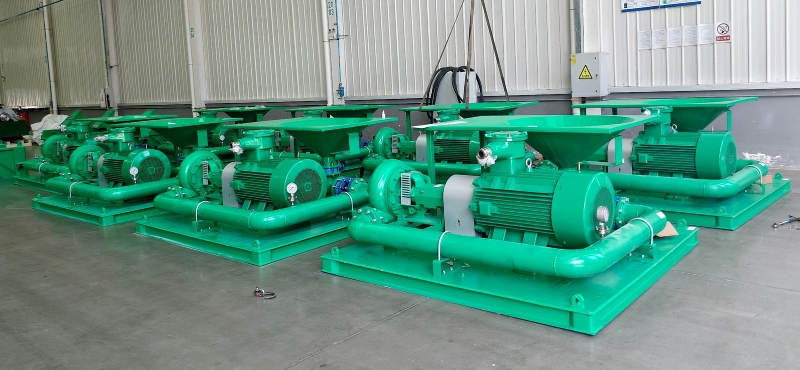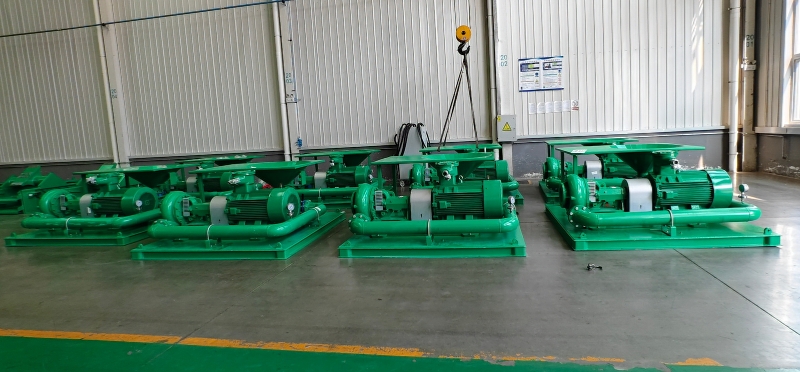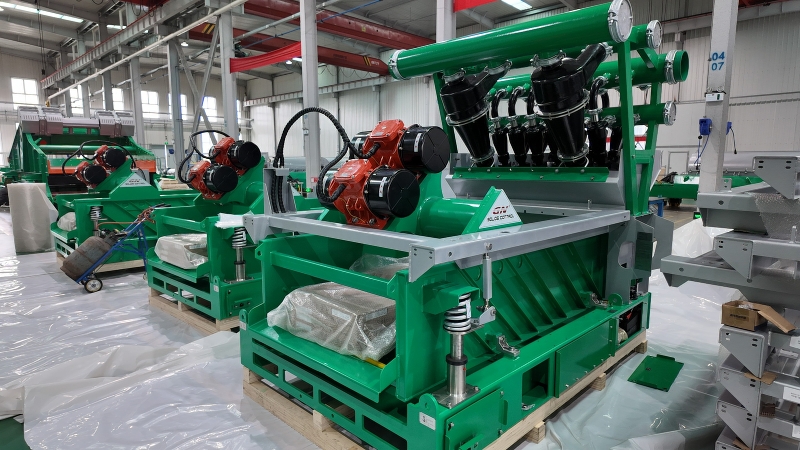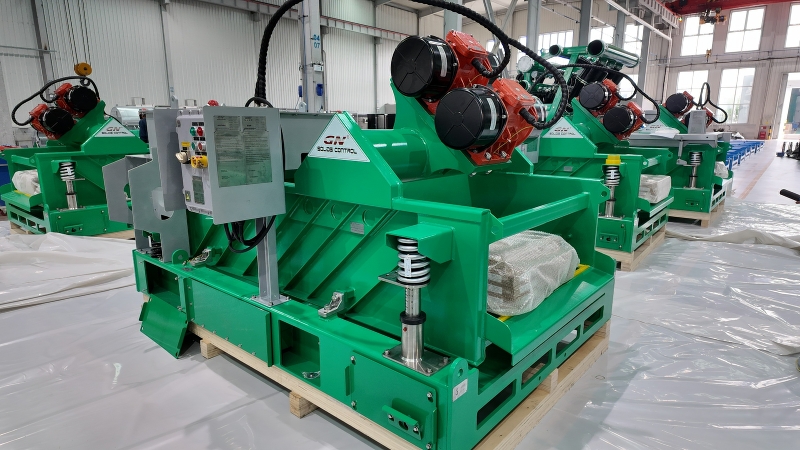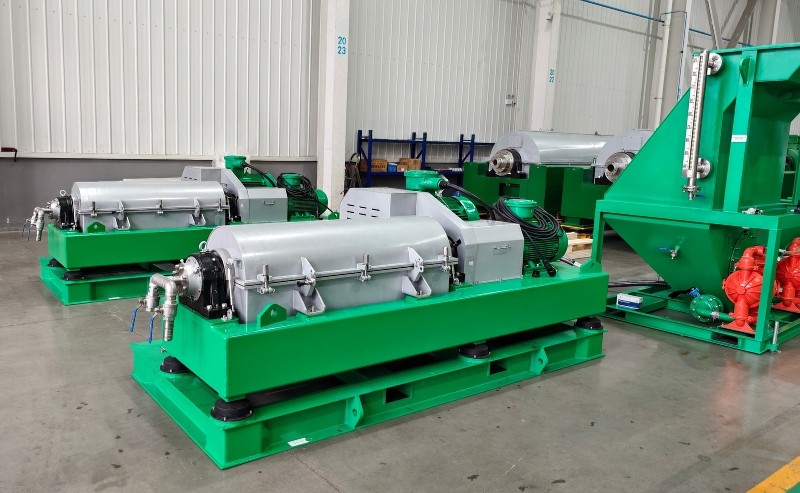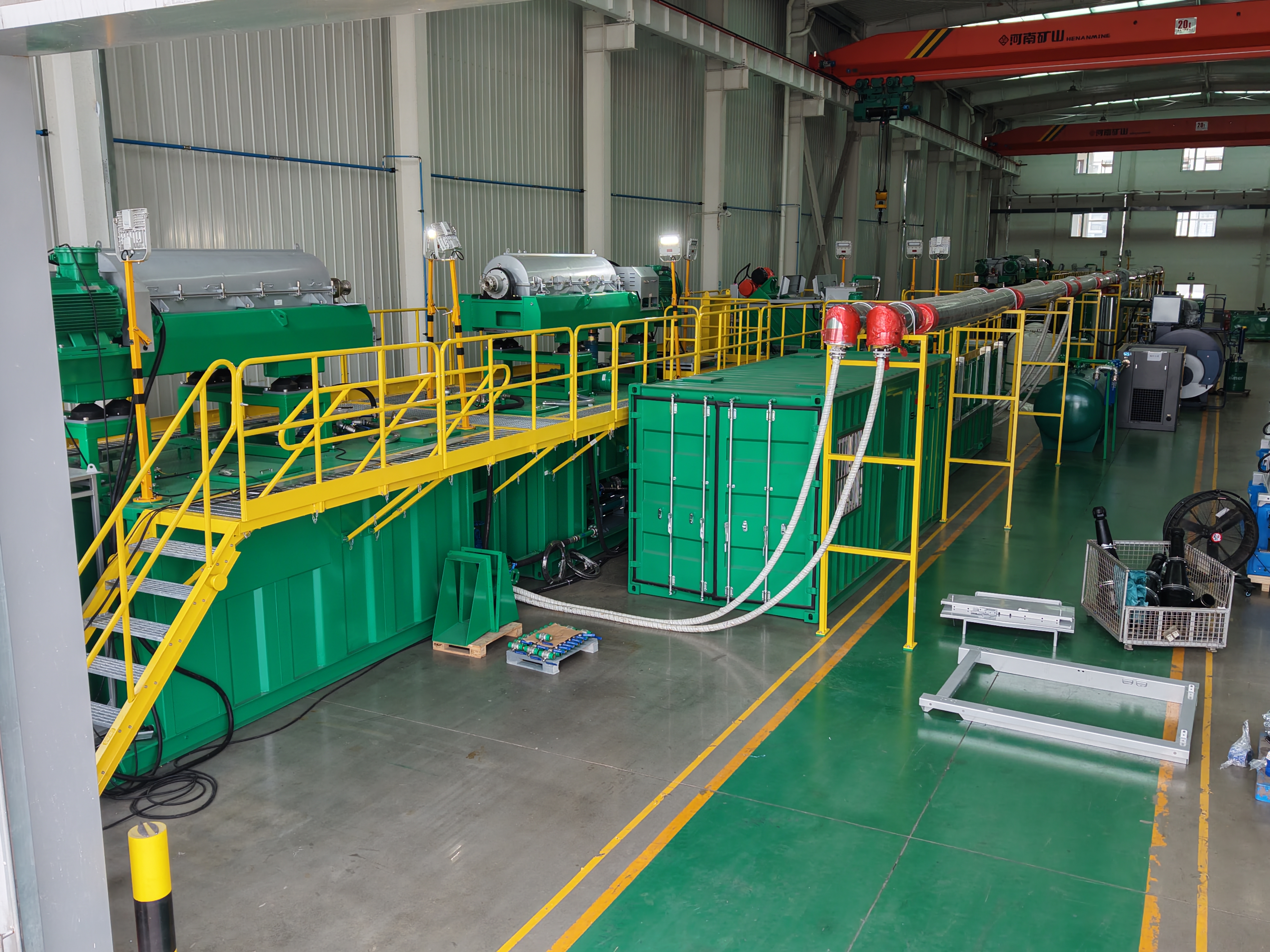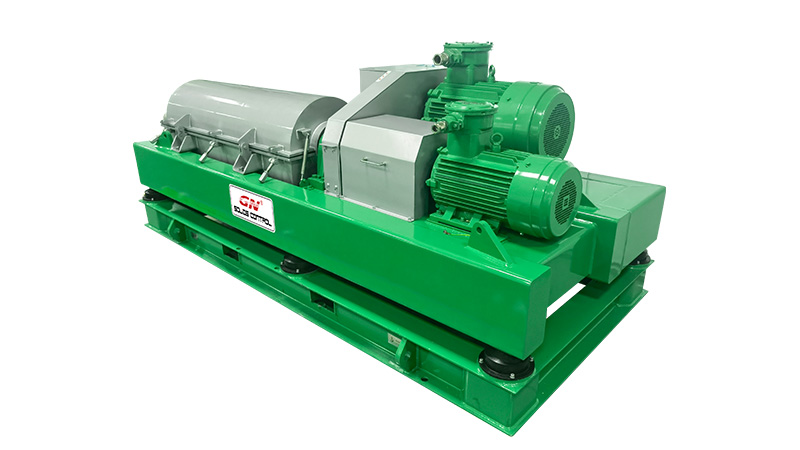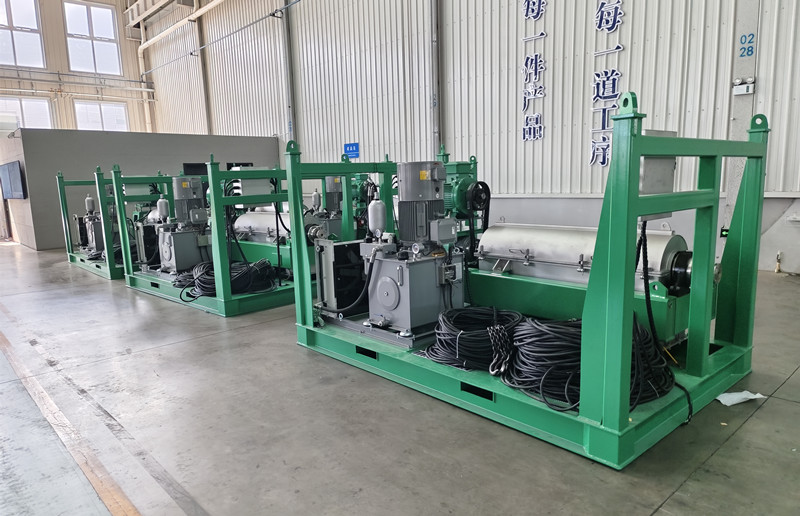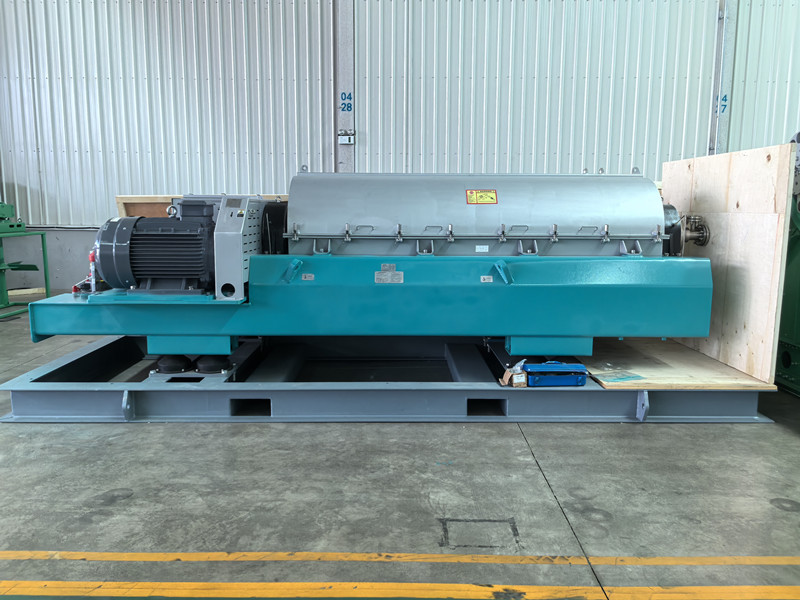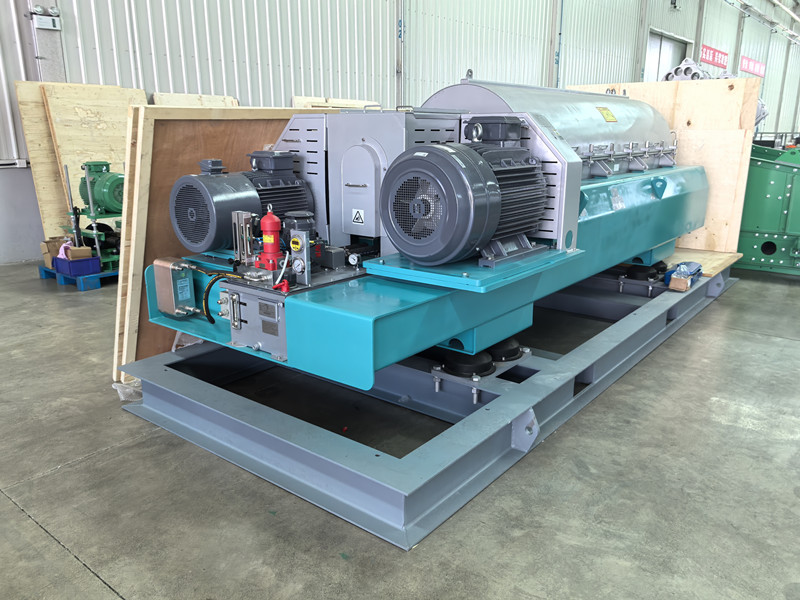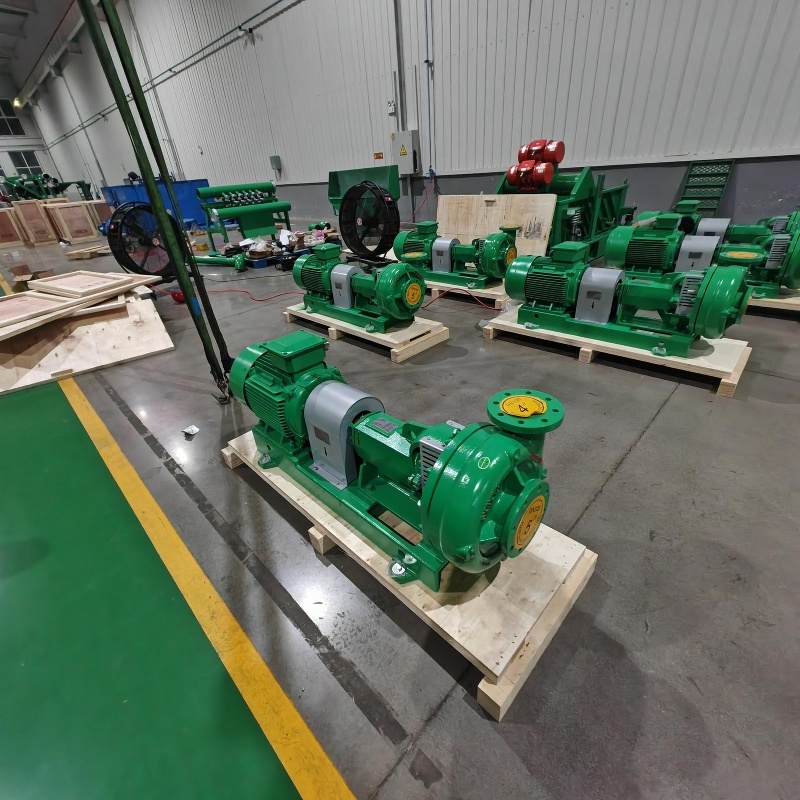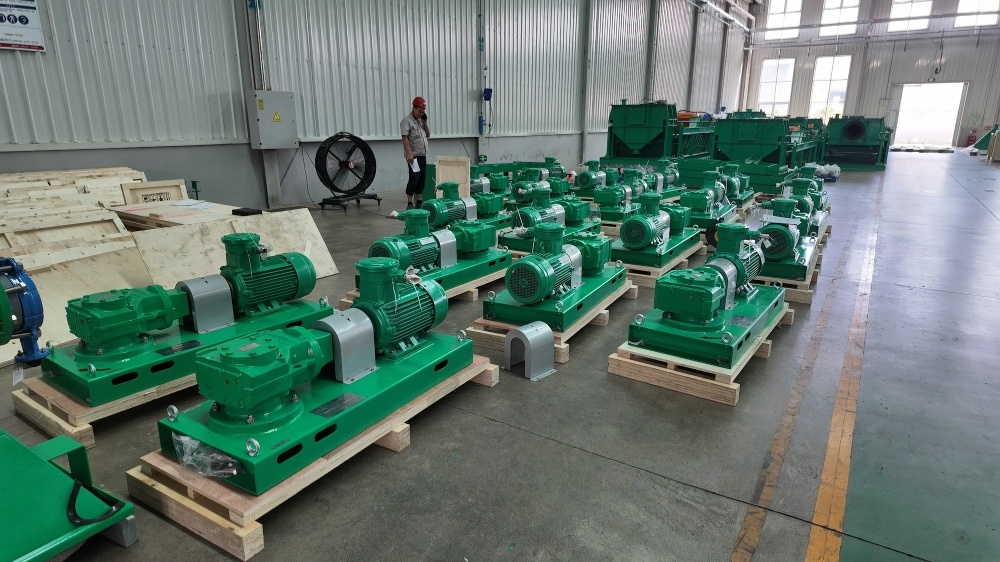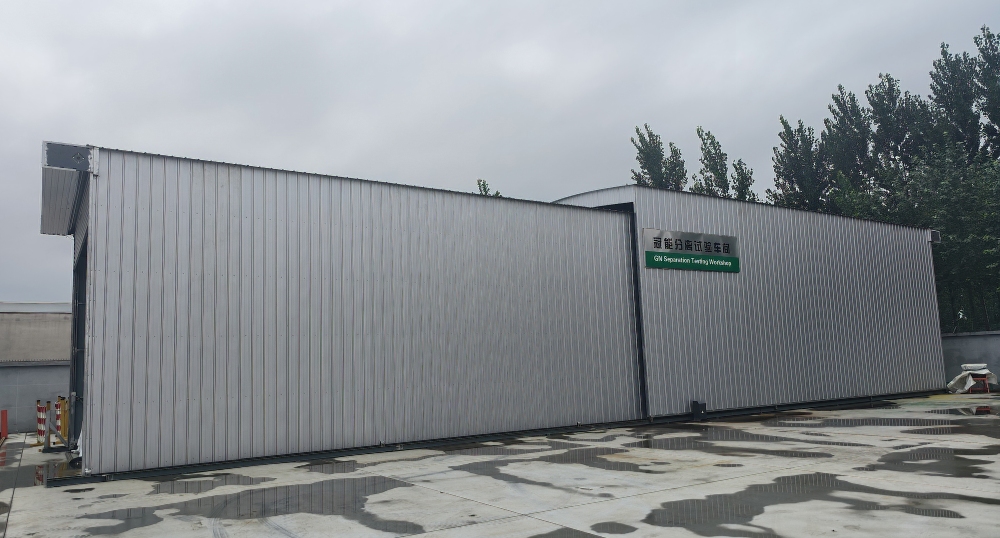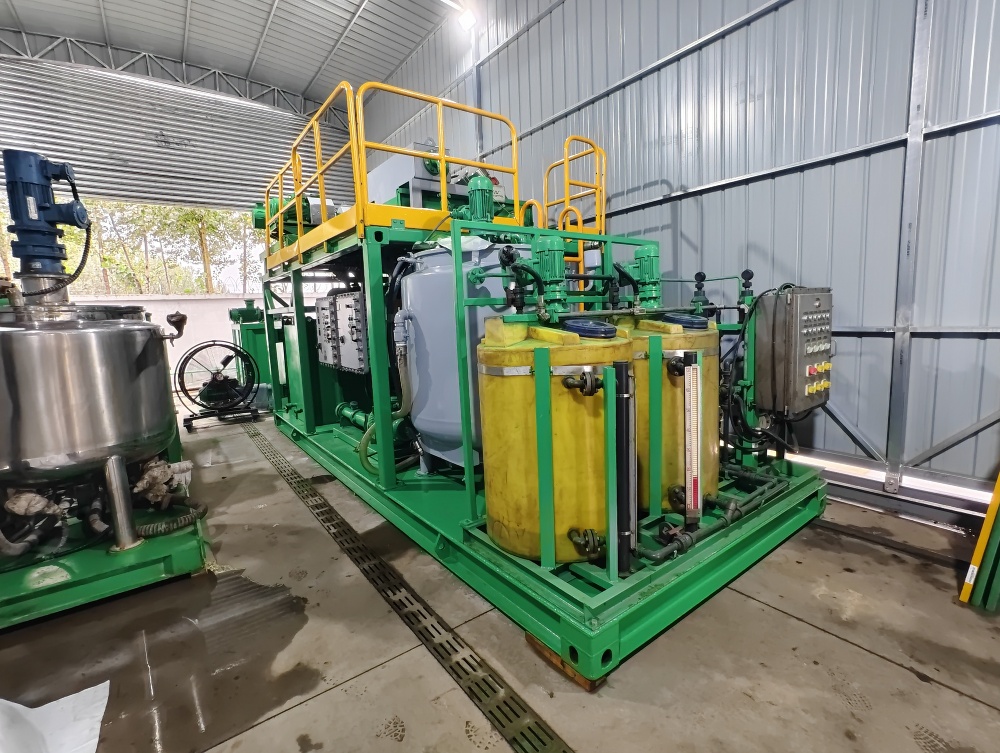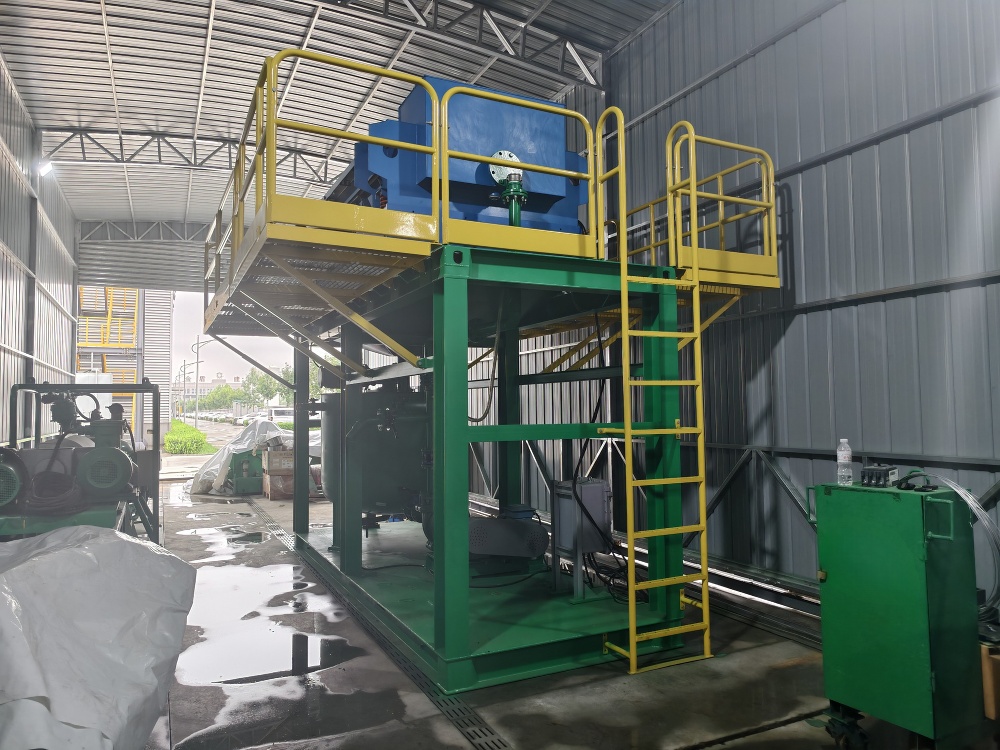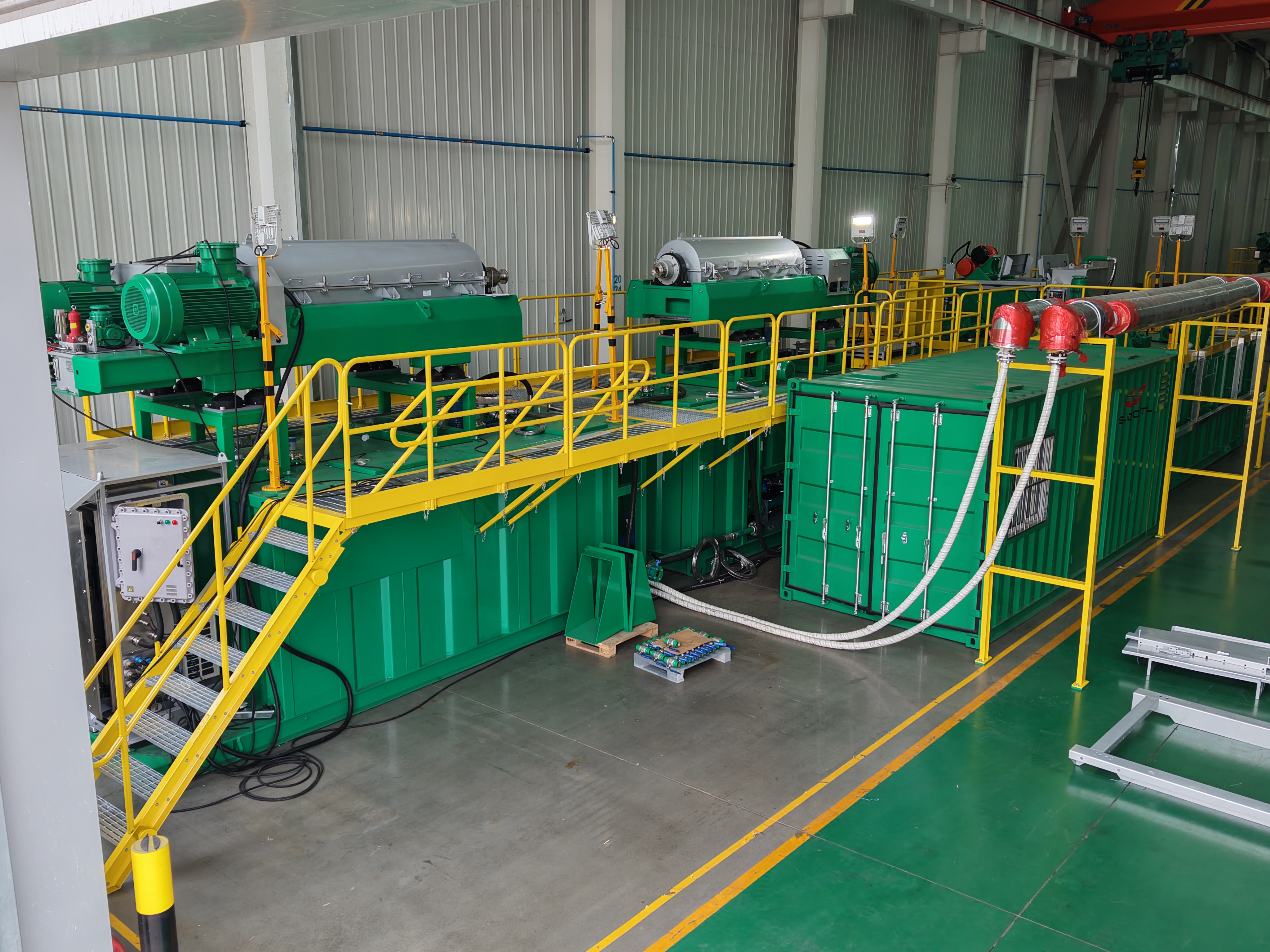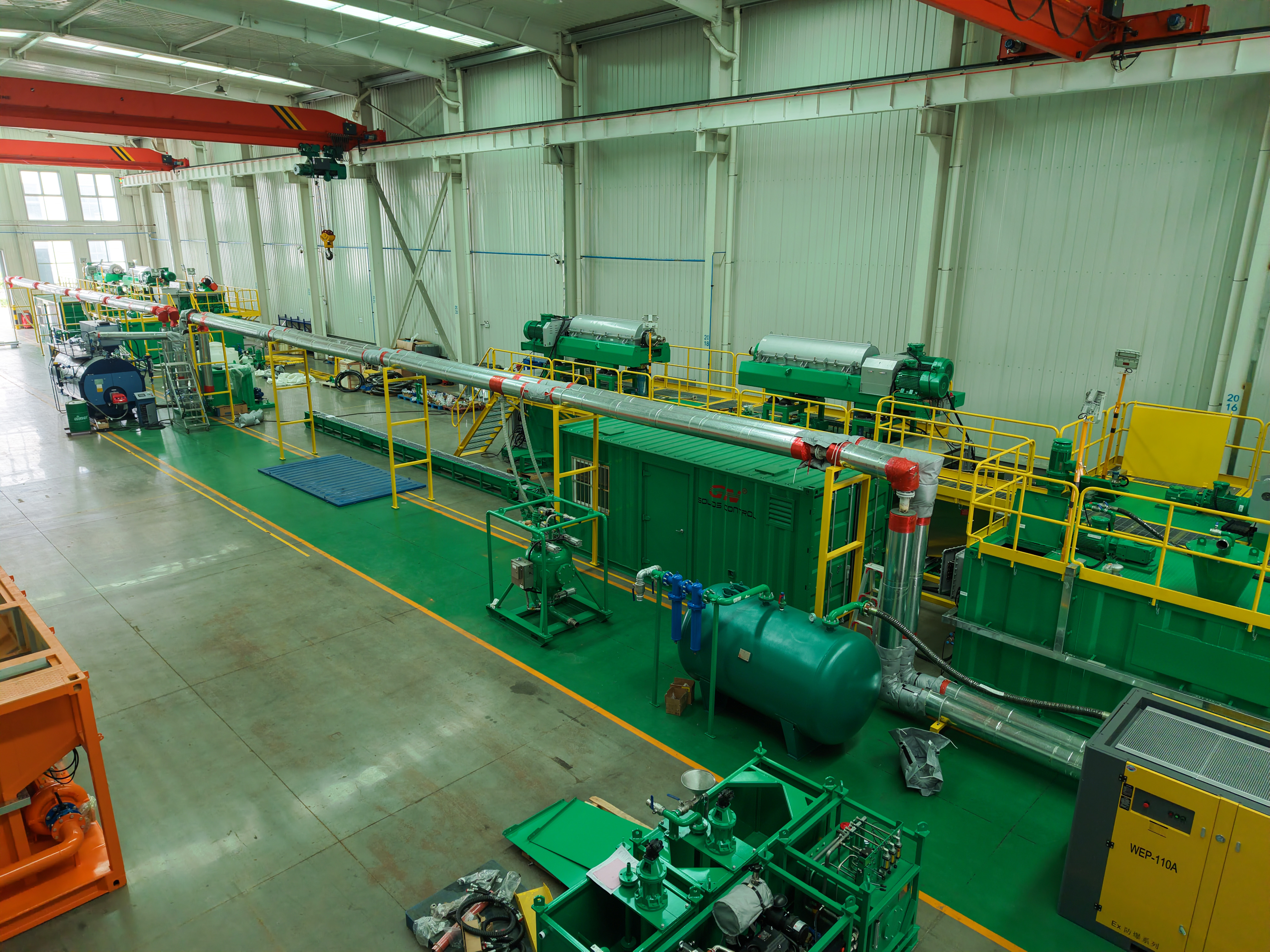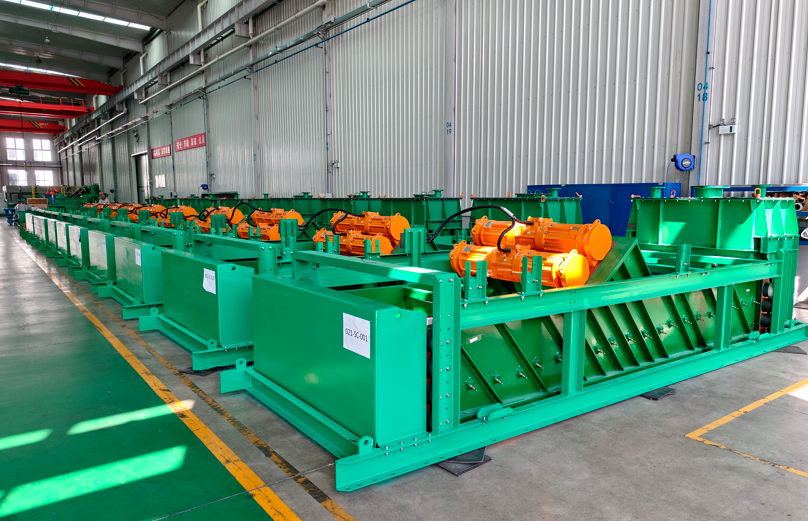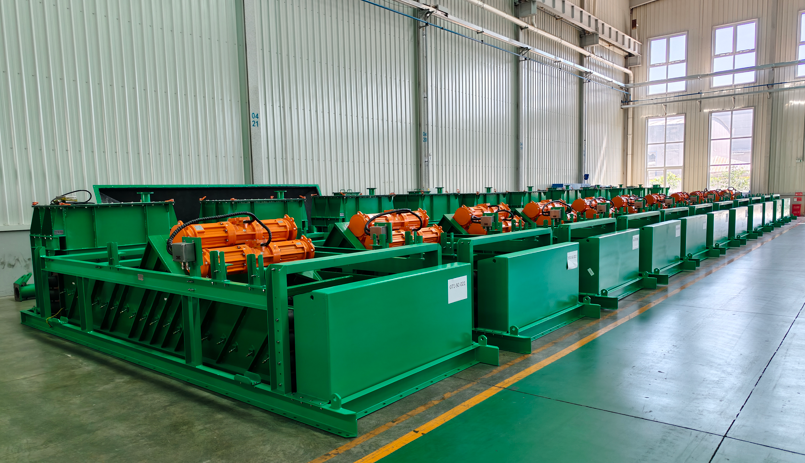GN Solids Control Launches K-Version Shale Shaker — Enhanced Durability and Interchangeability.
In pursuit of continuous improvement in product quality, performance, and adaptability to diverse drilling rig conditions, GN Solids Control places strong emphasis on collecting and analyzing field feedback from global users and job sites. Every piece of practical experience helps GN enhance its equipment design and material standards, ensuring better durability and reliability under the most demanding drilling operations.
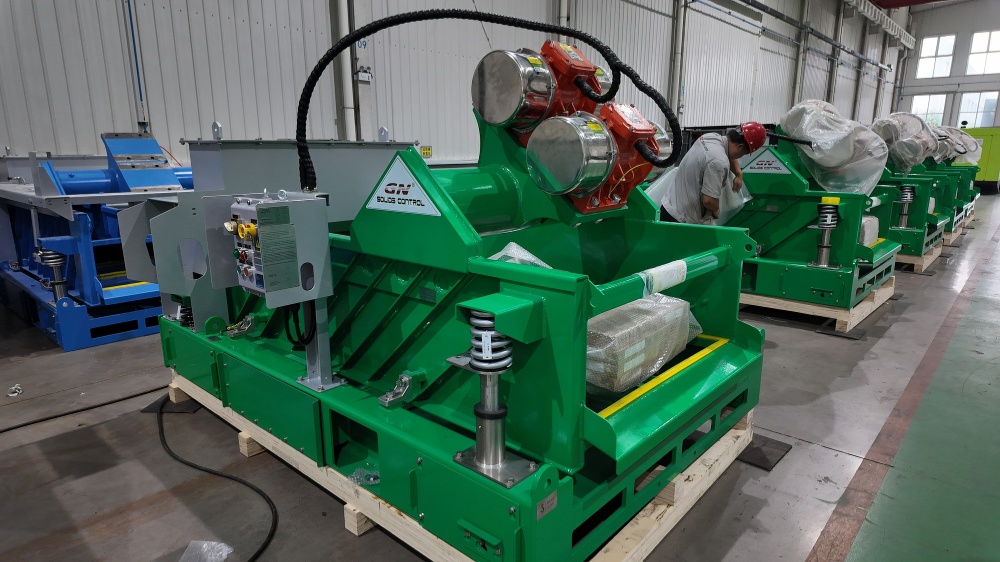
Over the past decade, many long-term clients have consistently chosen GN products. To maintain compatibility and minimize downtime, GN Solids Control ensures minimal changes in equipment footprint and spare part specifications between model generations. This strategy maximizes the interchangeability of parts, allowing customers to upgrade systems without major modifications. Whenever a significant design or material upgrade occurs, GN updates the product version number for easy tracking and identification.
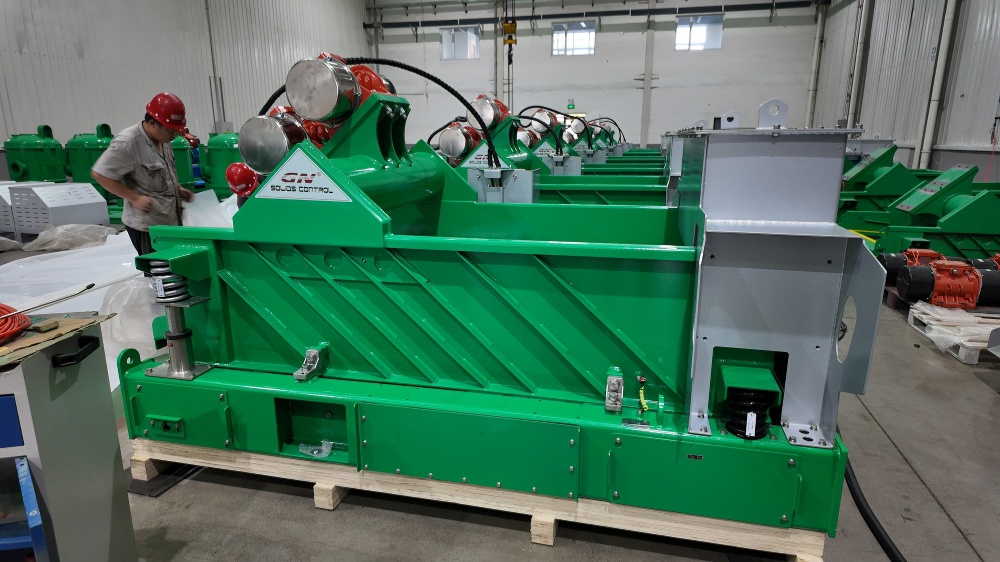
The latest generation, known as the K-Version Shale Shaker, was officially introduced in early 2024 after extensive field testing at multiple job sites in China. Before any product launch, GN ensures sufficient on-site verification to validate new designs under real drilling conditions. The K-Version shaker features a robust mechanical structure, enhanced wear resistance, and lower maintenance requirements, helping users reduce both maintenance time and operational costs.
The new design also allows flexible configuration. By adjusting the mud feed box and optimizing G-force settings, the shaker can operate as a high-G drying shaker for efficient treatment of drilling cuttings. It is powered by 1.94 kW vibration motors, providing strong linear motion for effective solids separation.
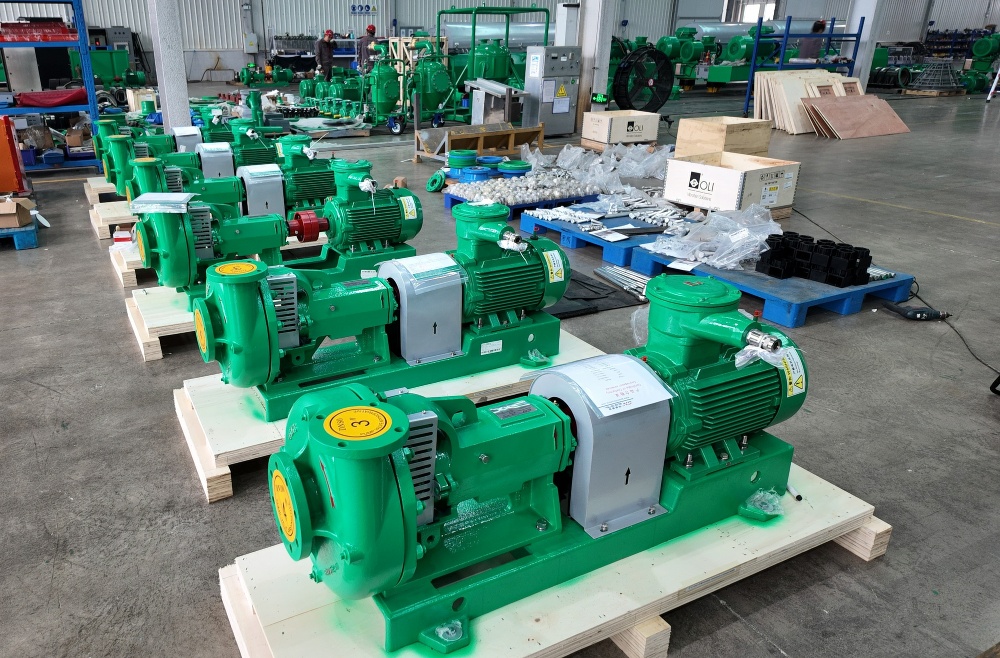
Several sets of the K-Version shale shakers and GN centrifugal pumps are now ready for shipment to clients in the Middle East. These units will soon be commissioned on various drilling rigs, marking another milestone in GN Solids Control’s ongoing mission to deliver reliable, efficient, and field-proven solids control solutions for global oil, gas, and trenchless industries.
